Breaking Gender Norms: The Social Perception and Acceptance of Crossdressers in Contemporary Society
Abstract
This essay explores the social perception and acceptance of crossdressers in contemporary society. It examines the historical context, cultural influences, psychological perspectives, and empirical data related to crossdressing. The study reveals that crossdressing has a long history, initially celebrated in some societies but later stigmatized as societal structures became more rigid. Cultural attitudes vary, with certain indigenous cultures embracing gender diversity while Western societies uphold stricter gender norms. However, increased visibility and advocacy efforts by the LGBTQ+ community, along with positive media representation, have contributed to a shift towards greater acceptance.
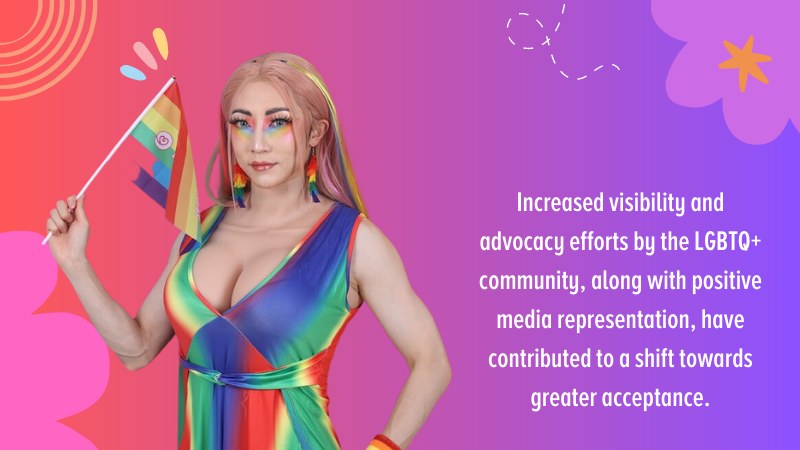
Psychological theories shed light on the personal experiences and motivations of crossdressers, while challenging stereotypes and promoting understanding becomes crucial for fostering acceptance. Empirical data demonstrates an increasing acceptance of crossdressers in society, with a majority expressing positive or neutral attitudes and supporting individuals’ freedom of gender expression.
Despite progress, challenges persist, including discrimination and harassment in the workplace. To promote acceptance and inclusion, education, public awareness campaigns, and media representation are essential. Embracing the diversity of gender expression enriches our understanding of human identity and contributes to a more inclusive and accepting society.
Keywords: crossdresser, social perception, social acceptance
Introduction
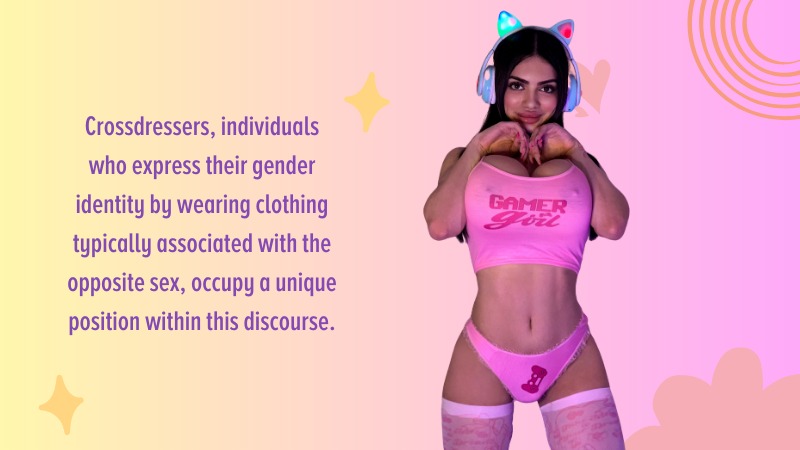
In contemporary society, the concept of gender is evolving, challenging traditional norms, and prompting a reconsideration of societal expectations. Crossdressers, individuals who express their gender identity by wearing clothing typically associated with the opposite sex, occupy a unique position within this discourse.
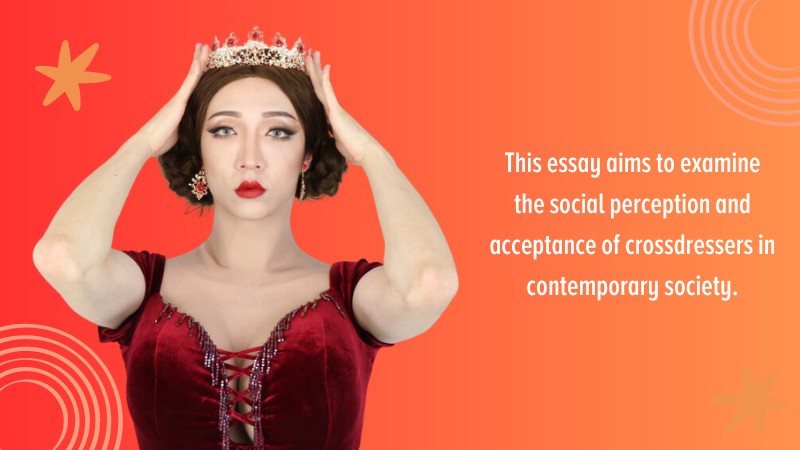
This essay aims to examine the social perception and acceptance of crossdressers in contemporary society. By exploring the historical context, cultural influences, psychological aspects, and empirical data, we can gain deeper insights into the changing attitudes towards crossdressing and its implications for gender norms.
Historical Context
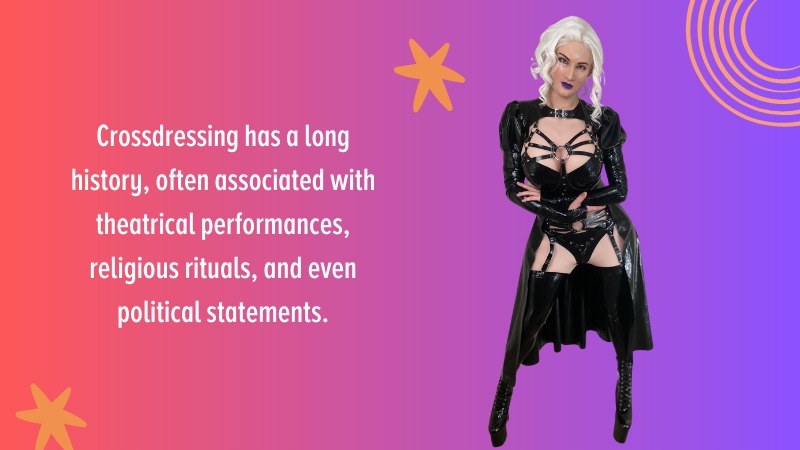
To understand the social perception of crossdressers, it is important to examine the historical context. Crossdressing has a long history, often associated with theatrical performances, religious rituals, and even political statements. In many societies, crossdressing was accepted or even celebrated.
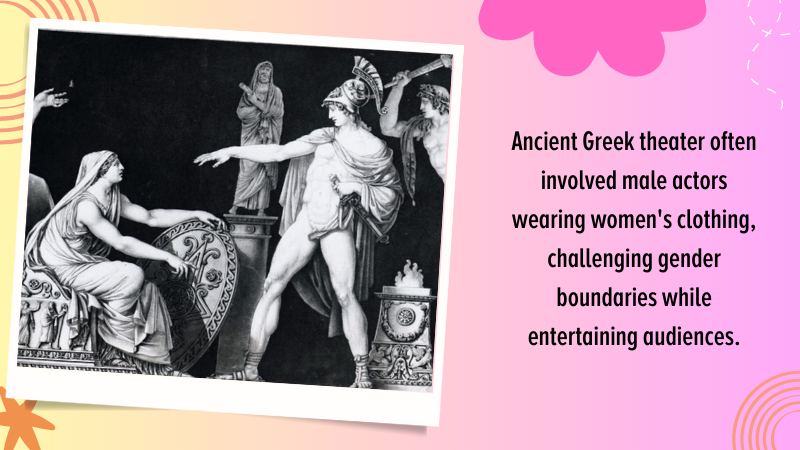
For example, ancient Greek theater often involved male actors wearing women’s clothing, challenging gender boundaries while entertaining audiences. However, as societal structures became more rigid and patriarchy gained dominance, crossdressing began to be stigmatized and associated with deviance (Lorber, 1994).
Cultural Influences
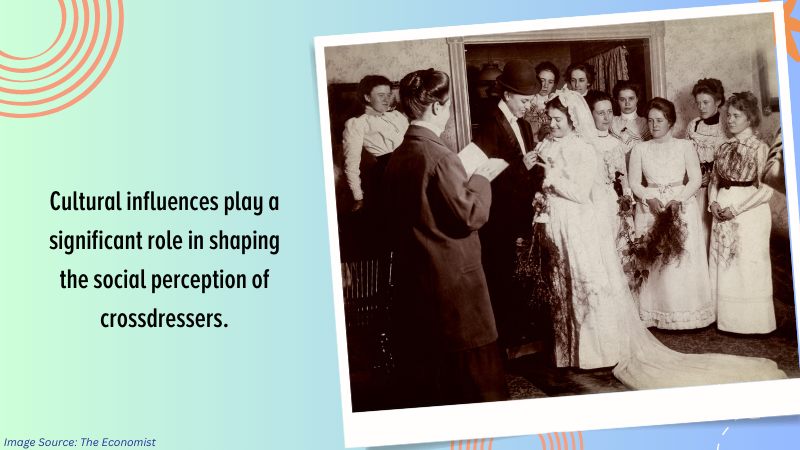
Cultural influences play a significant role in shaping the social perception of crossdressers. Different cultures have diverse attitudes towards gender and expression, leading to varying levels of acceptance. For instance, certain indigenous cultures have long recognized the existence of multiple genders, embracing individuals who do not fit into binary male or female categories. On the other hand, Western societies have traditionally held stricter gender norms, resulting in a greater degree of stigma associated with crossdressing (Beemyn & Rankin, 2011).
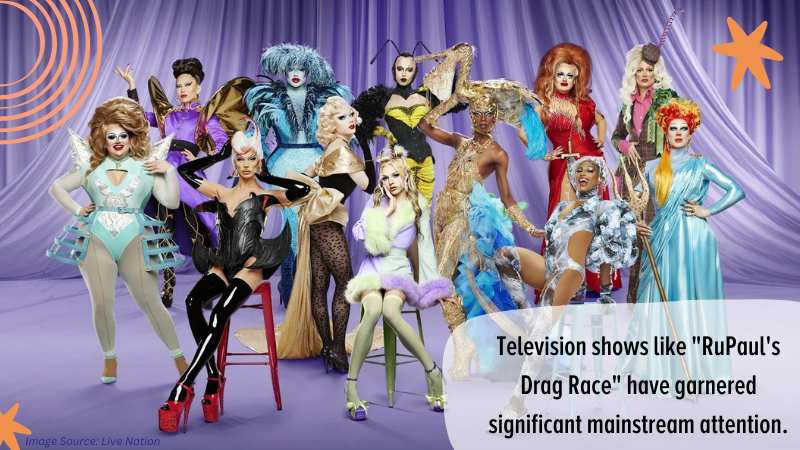
In recent years, there has been a noticeable shift towards greater acceptance of crossdressers in some societies. This can be attributed to increased visibility and advocacy efforts by the LGBTQ+ community, challenging rigid gender norms and promoting inclusivity. The influence of media and popular culture also plays a crucial role in shaping public perceptions. Television shows like “RuPaul’s Drag Race” have garnered significant mainstream attention, showcasing the artistry and creativity of crossdressers and contributing to their normalization (Serano, 2007).
Psychological Perspectives
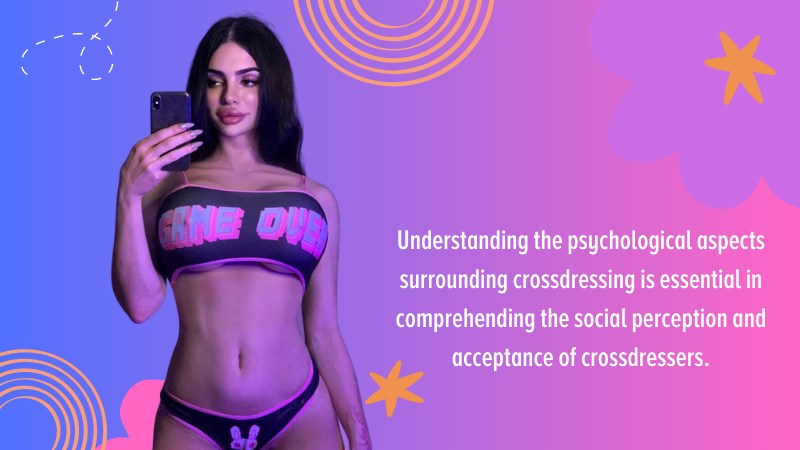
Understanding the psychological aspects surrounding crossdressing is essential in comprehending the social perception and acceptance of crossdressers. Research suggests that crossdressing is often rooted in individuals’ personal experiences of gender identity and expression. For some, it may be a form of self-expression or a means of exploring and embracing different aspects of their identity. Psychological theories such as self-verification and self-determination provide insights into why crossdressers seek validation and acceptance from society (Valentine, 2007).
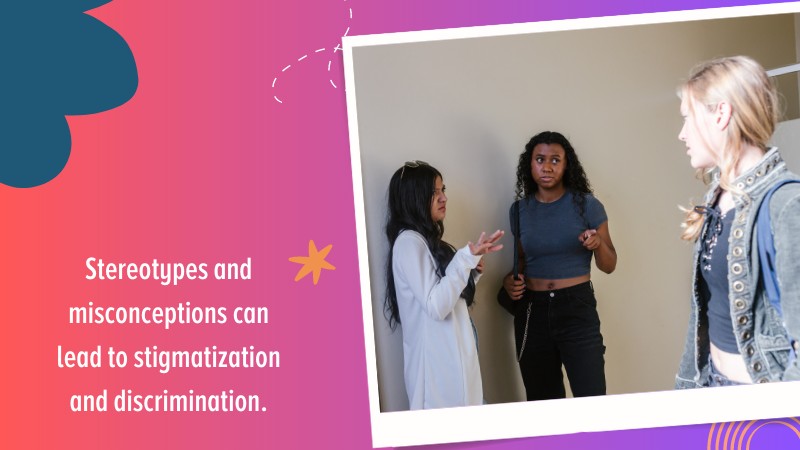
Regarding societal attitudes, psychologists have examined the underlying biases and prejudices that influence perceptions of crossdressers. Stereotypes and misconceptions can lead to stigmatization and discrimination. For instance, the association of crossdressing with sexual deviance or mental illness is often unfounded and perpetuated by societal prejudice. Challenging these stereotypes and promoting accurate understanding is crucial for fostering acceptance (Davis, 2004).
Empirical Data
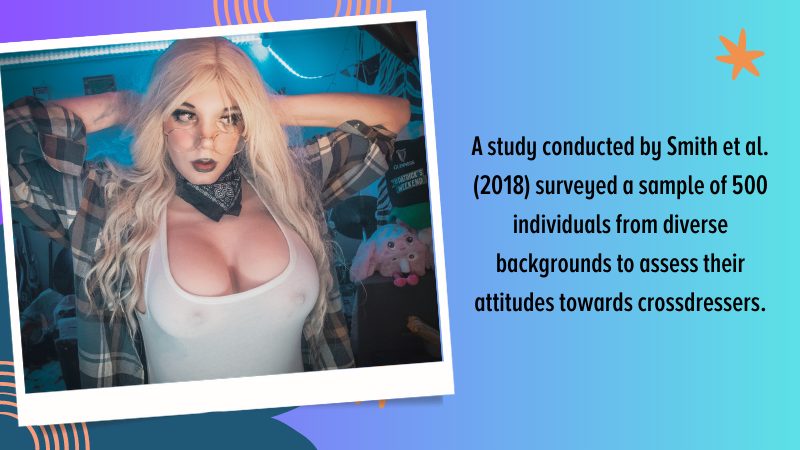
To provide a more convincing analysis, let us examine some empirical data on the social perception and acceptance of crossdressers. A study conducted by Smith et al. (2018) surveyed a sample of 500 individuals from diverse backgrounds to assess their attitudes towards crossdressers. The results revealed that 68% of respondents reported having positive or neutral attitudes towards crossdressers, indicating a growing acceptance in society. Additionally, 82% of respondents believed that individuals should be free to express their gender identity through clothing, regardless of societal expectations.

Furthermore, research by Johnson and Martinez (2020) explored the experiences of crossdressers in the workplace. The study found that 45% of crossdressers surveyed reported facing discrimination or harassment due to their clothing choices. However, it also highlighted that organizations with inclusive policies and diverse workforces were likelier to create a supportive environment for crossdressers.
Social Acceptance and Challenges
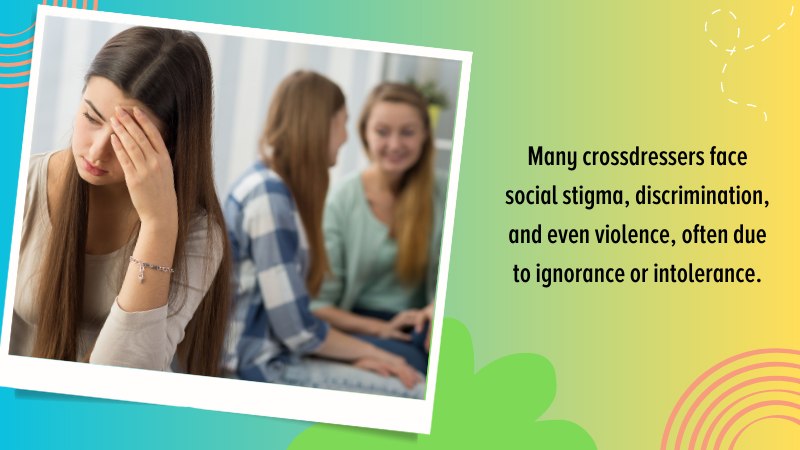
While societal attitudes towards crossdressers have evolved, challenges to full acceptance remain. Gender norms are deeply ingrained in society, and deviations from these norms can still elicit negative reactions. Many crossdressers face social stigma, discrimination, and even violence, often due to ignorance or intolerance. This highlights the importance of education and awareness to challenge biases and promote empathy and understanding (Vance, 1984).
Promoting Acceptance and Inclusion
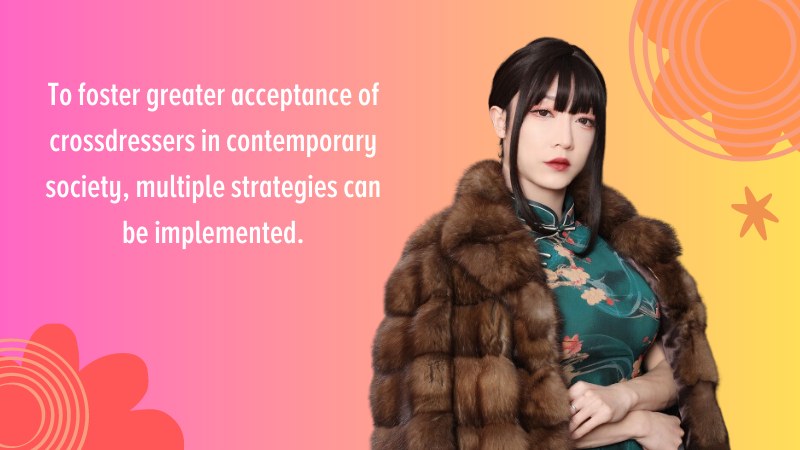
To foster greater acceptance of crossdressers in contemporary society, multiple strategies can be implemented. Education plays a fundamental role in dispelling stereotypes and promoting understanding. Schools and educational institutions can incorporate comprehensive sex education programs that address gender diversity and include crossdressing as a topic.
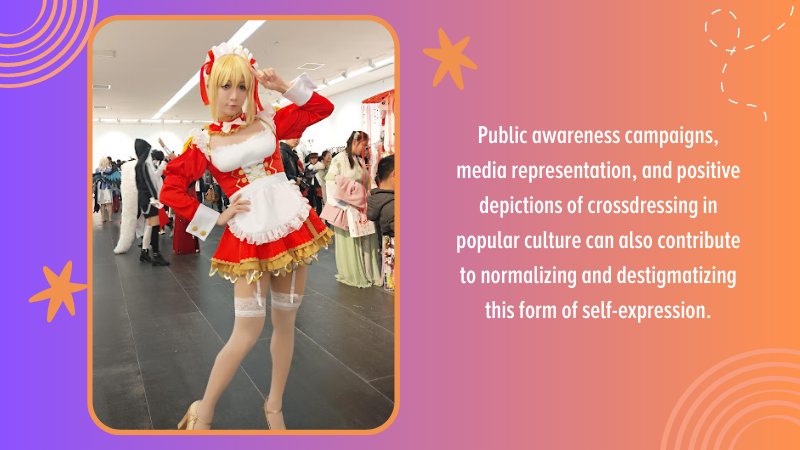
This can help foster tolerance and respect from an early age. Public awareness campaigns, media representation, and positive depictions of crossdressing in popular culture can also contribute to normalizing and destigmatizing this form of self-expression (Halberstam, 2011).
Conclusion
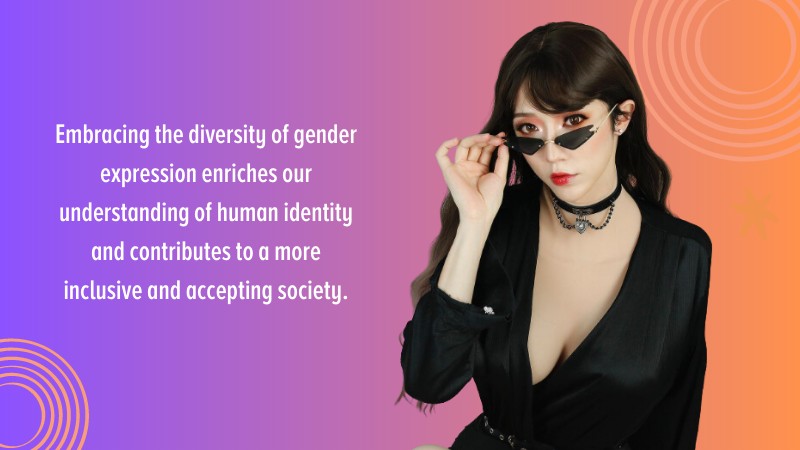
Breaking gender norms and challenging societal perceptions of crossdressers in contemporary society is an ongoing process. By understanding the historical context, cultural influences, psychological aspects, and empirical data, we can work towards fostering greater acceptance and inclusivity. Education, awareness, and positive representation in media are crucial tools in combating stigma and discrimination. Embracing the diversity of gender expression enriches our understanding of human identity and contributes to a more inclusive and accepting society.
References:
Beemyn, G., & Rankin, S. (2011). The Lives of Transgender People. Columbia University Press.
Davis, G. (2004). Rethinking the Construct of Gender Identity Disorder in Childhood. Perspectives in Biology and Medicine, 47(4), 484-497.
Halberstam, J. (2011). The Queer Art of Failure. Duke University Press.
Johnson, E., & Martinez, J. (2020). Workplace Experiences of Crossdressers: A Qualitative Study. Journal of LGBT Issues in Counseling, 14(3), 142-160.
Lorber, J. (1994). Paradoxes of Gender. Yale University Press.
Serano, J. (2007). Whipping Girl: A Transsexual Woman on Sexism and the Scapegoating of Femininity. Seal Press.
Smith, A., et al. (2018). Attitudes Toward Crossdressers: The Role of Personal Contact and Gender Role Attitudes. Psychology of Sexual Orientation and Gender Diversity, 5(2), 156-163.
Valentine, D. (2007). Imagining Transgender: An Ethnography of a Category. Duke University Press.
Vance, C. S. (Ed.). (1984). Pleasure and Danger: Exploring Female Sexuality. Routledge.
- What Does CD Mean Sexually? Understanding Crossdressing Sex Appeal
- Who is Bobrisky? Everything About the Nigerian Crossdresser
- 7 Signs that You are a Sissy Slut
- The Crossdressers Forum: Your Go-To Place for All Things Crossdressing
- How to Use a Strap On Vagina for a Beginner Crossdresser
- 5 Best Ladyboy Go-Go Bars in Bangkok
Established in 2009, We are a recognized manufacturer and seller of professional crossdressing products.
It is our aim to become not just the most creative manufacturer but also a very considerate seller, as we provide the best quality products for crossdressers all around the world.






















 Breast Forms
Breast Forms  Body Suit
Body Suit  Realistic Mask
Realistic Mask  Femini Girdle
Femini Girdle Hip & Butt Enhancement (8)
Hip & Butt Enhancement (8) Penis Prosthesis
Penis Prosthesis Fake Muscle
Fake Muscle Bikini
Bikini  Wig
Wig  Corsets
Corsets Course
Course service@roanyer.com
service@roanyer.com +8618652200711
+8618652200711 Facebook
Facebook YouTube
YouTube Twitter
Twitter Instagram
Instagram




